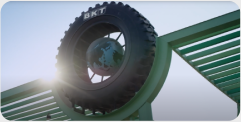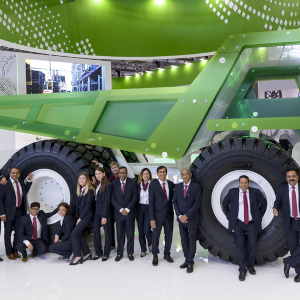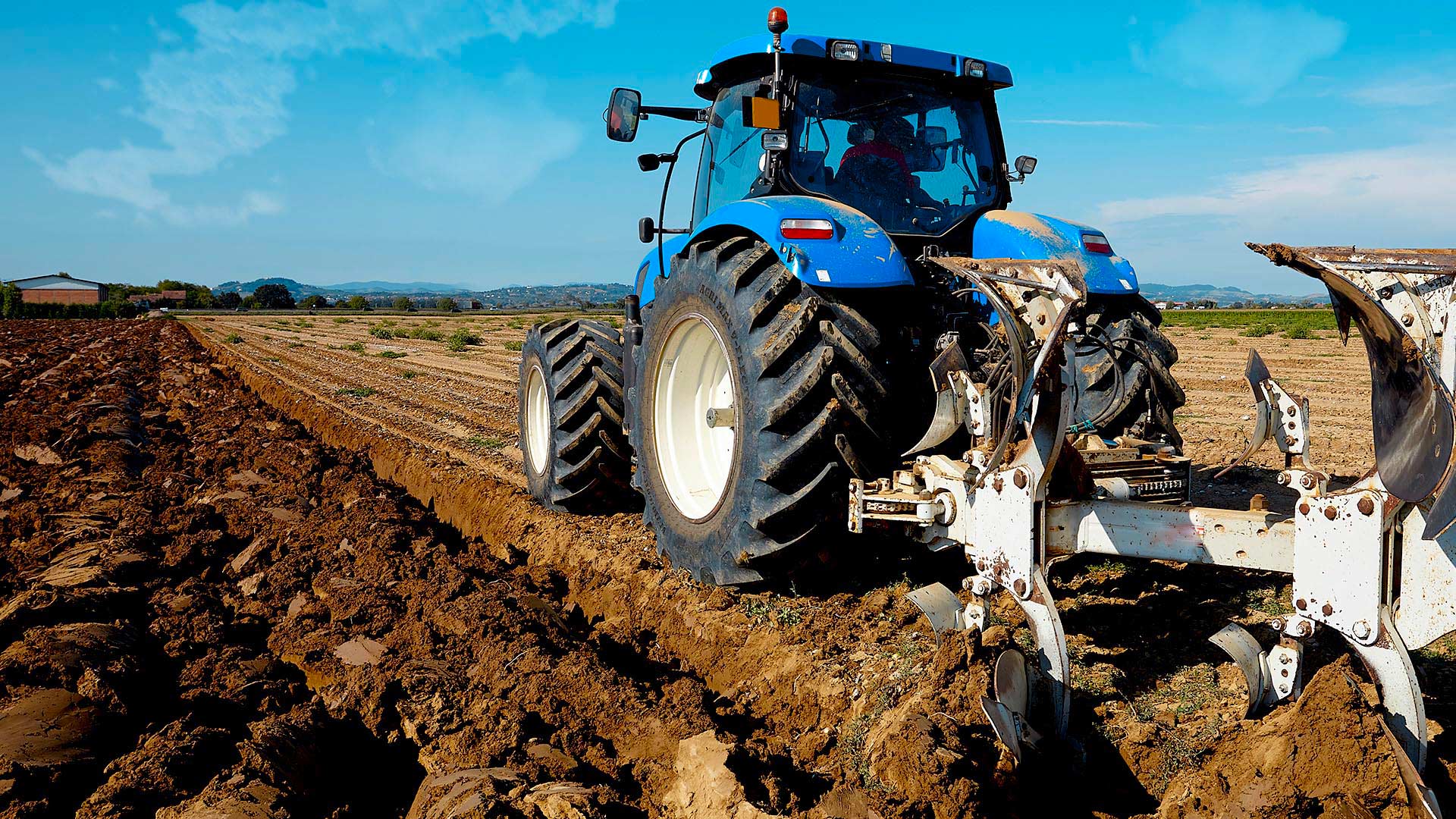When selecting tires for your vehicles, it is a common misconception that heavier tires equate to a higher quality product. In truth, the weight of a tire has far more to do with its application than its overall quality. Find out what influences a tire's weight in our latest blog.
Have you ever heard the phrase, “the heavier the tire, the higher the quality”? Although weight and quality certainly can be correlated, the picture is much more complex. Today, BKT’s technicians will tell you why, and share some of the parameters that affect the weight of a tire!
The ABC of tires’ weigh
How heavy a tractor tire is does not only depend on its size, and this is true for other Off-Highway machines, too. A tire made for heavy loads, which is the same size as others, may be heavier because the additional elements that strengthen its structure will affect the overall weight.
At BKT, for instance, we use a greater amount of material on the bead of the tire, resulting in a slightly higher weight as well as zero breakages. In other words, you can forget many concerns, like how to fix cracked tractor tires or loader tires thanks to a few extra grams!
The tread amounts to the highest percentage of a tire’s weight. However, there are other elements that must be considered too, such as the belt, shoulder, bead, and casing. These are elements that manufacturers can test and modify to balance performance and cost.
How much does the average tire weigh?
Are you still curious about the weight of a tire? Perhaps you are wondering and often checking the agriculture and OTR tire weight chart? We will satisfy your curiosity, and provide some examples from among the best-selling BKT ranges – from the very light to the heavy ones:
- LG 306 (1.17 kg): Being among BKT’s smallest tires in the 11 X 4.00 - 5 size, this tire for the AG segment is suitable for mowers, as well as small tractors. Its specific tread design makes the tire delicate on the soil, facilitating its use when maneuvering.
- LIFTMAX LM 81 (9.25 kg): This is the smallest tire in the industrial range, in the 150/75 R 8 size. It is specifically designed and engineered for forklifts and port tractors. It has a durable and robust tread, ensuring excellent wear and tear properties and longevity.
- AGRIMAX RT 600 (643.52 kg): This is BKT’s largest agricultural tire, in the IF 1250/50 R 32 size, and it is ideal for working lawns, turf, and soils which require special attention. It fits these uses due to the tread design, its shallower depth, its numerous lugs, as well as the rounded shape of its shoulder.
- EARTHMAX SR 468 (3,819.80 kg): This is BKT’s heaviest tire in the OTR range, in the 40.00 R 57 size, and is designed for rigid dump trucks. The tire is equipped with an “all steel” structure, which provides greater resistance to damage.
Same, but different
AGRIMAX FORCE and AGRIMAX V-FLECTO, both in the same size (710/70 R 42), are two of the most sought-after agricultural tires from BKT. The former is designed for high-power tractors (over 250 hp) and is equipped with the IF technology, whereas the latter is designed for next-generation tractors and is equipped with VF technology.
However, the weight difference between the two is minimal: 347.4 kg in the first, compared to 340.84 kg in the second.
The weight is in center
When users are choosing the right tire, they consider parameters such as robustness, speed, self-cleaning, and puncture resistance. When BKT’s technicians develop new tires, each designed according to its use, they have to think about these exact parameters. But there is one more feature that is in focus: the weight.
Weight is a fundamental parameter, no matter what kind of tire we develop. BKT invests considerably in research, so that technology supports the development of ever lighter tires.
But why do we want lighter tires? Of course, each tire is designed for its particular use, and the weight mostly depends on this. But on a general basis, lighter tires have reduced rolling resistance, which results in a reduction in consumption as well as a reduction in the costs of the materials used. The goal is to achieve better performance combined with sustainability for the user and the environment.






